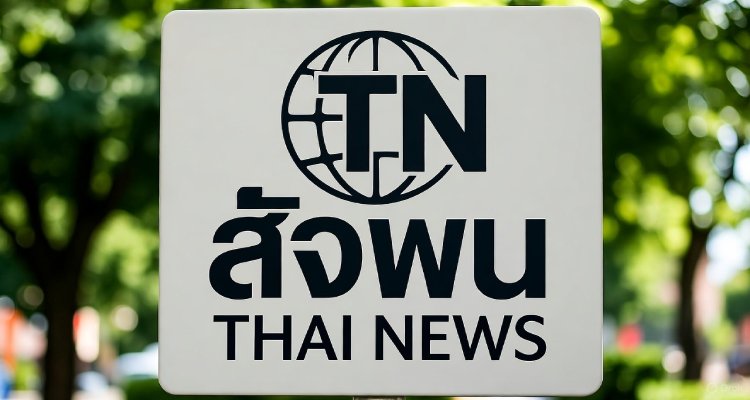Tariff Truce Jolts Gold: Is the Bull Run Over?
Gold prices slipped after a US-China tariff rollback cooled safe-haven buying. Analysts now question gold’s short-term momentum.
Tariff Truce Jolts Gold Prices: Is the Bull Run Losing Steam?
A Global Shift in Risk Appetite Challenges Gold’s Safe-Haven Status
After a steep retreat that saw gold prices drop nearly 3% in a single session, the precious metal is showing signs of stabilization—but not without raising questions. As spot gold steadied around $3,230 an ounce on Tuesday, investors are digesting the real impact of a cooling US-China trade standoff and what it means for gold’s near-term trajectory.
The sharp pullback came on the heels of a rare move: Washington and Beijing announced a temporary 90-day suspension of tariff hikes, signaling a pause in the economic hostilities that have roiled global markets for years. This unexpected de-escalation immediately curbed demand for traditional safe-haven assets like gold, prompting traders to pivot toward riskier assets.
Trade Diplomacy Eases Fears, but Gold Takes the Hit
The core catalyst behind the market reaction was the tariff reprieve. The United States slashed import duties from 145% to 30%, while China reciprocated by reducing its own tariffs from 125% to 10%. For markets, this was more than symbolic—it marked a tangible thaw in relations between two of the world’s largest economies, enough to shift investor sentiment in a matter of hours.
Gold, which thrives in times of fear and financial uncertainty, suffered as optimism surged. Coupled with signs of a ceasefire between India and Pakistan and fresh diplomatic overtures in the Russia-Ukraine conflict, the global atmosphere took on a tone of cautious calm. As tensions cooled, so did the appetite for gold.
Meanwhile, the US dollar surged, with the dollar index climbing above 101.50, further dampening gold’s appeal. Since gold is priced in dollars, a stronger greenback typically makes the metal more expensive for international buyers, pushing demand downward.
“Safe-haven demand has receded sharply, and that’s reflected in the dramatic price move,” noted Jateen Trivedi, Research VP at LKP Securities. “We haven’t seen a single-day drop like this since last July’s budget announcement.”
Where Does Gold Go from Here? Analysts Predict a Pause
With gold futures showing only a modest 0.2% uptick following Monday’s plunge, analysts are hesitant to call a reversal. Citi recently lowered its short-term target for gold to $3,150 per ounce, suggesting the metal could remain range-bound between $3,000 and $3,300 in the coming weeks.
“The easing of trade friction has reawakened investor confidence in equities,” said Tim Waterer, Chief Market Analyst at KCM Trade. “That usually comes at gold’s expense.” But he added a cautionary note: “Let’s not forget the global economy is still on shaky ground. Any fresh shock—economic or political—could reignite gold buying.”
Indeed, Waterer sees potential support from a softer dollar and anticipated rate cuts, both of which could help gold regain footing despite the current lull.
Eyes on Inflation and the Fed’s Next Move
Investors are now turning their focus to the latest US Consumer Price Index (CPI) report, a critical indicator that could shape the Federal Reserve’s next steps. If inflation slows, it could bolster the case for an interest rate cut later this year—an environment that historically favors gold.
Markets currently anticipate a 55-basis-point rate reduction before year-end. Since gold doesn’t yield interest, it often outperforms when borrowing costs fall, making it a more attractive store of value.
Ajay Kedia of Kedia Commodities remains cautiously optimistic. “If inflation persists or geopolitical tensions resurface, gold could easily climb back toward the ₹90,000 mark in India within the first half of 2025,” he said, adding that investor psychology plays a bigger role than ever in this volatile environment.
What Should Investors Watch For?
For retail and institutional investors alike, this is a period that calls for patience and vigilance. While gold’s long-term fundamentals remain strong—thanks to central bank buying and persistent inflation risks—the short-term outlook is clearly under pressure.
Support is currently pegged at ₹90,000 per 10 grams in India, with resistance near ₹94,000–₹95,000, suggesting limited room for aggressive moves unless macro conditions shift dramatically.
Gold’s recent slump doesn’t mean the end of its bull cycle, but it does signal a change in tone. As the world tiptoes back toward normalcy—or at least, toward reduced volatility—investors may need to reevaluate gold’s role in their portfolios.
Conclusion: A Breather, Not a Breakdown
The sharp drop in gold prices this week reflects not panic, but perspective. In a world gradually steering away from crisis mode, gold is taking a breather. But that pause shouldn’t be mistaken for weakness.
With inflation data on the horizon, central bank decisions looming, and global tensions still simmering beneath the surface, gold’s story is far from over. For now, the metal is reflecting a rare moment of global optimism—but the next twist in the economic narrative could be just one headline away.
Disclaimer:
This article is intended for informational purposes only and does not constitute financial advice. Market conditions can shift rapidly, and readers are advised to consult with a certified financial advisor before making investment decisions.
source : CNBCTV18











